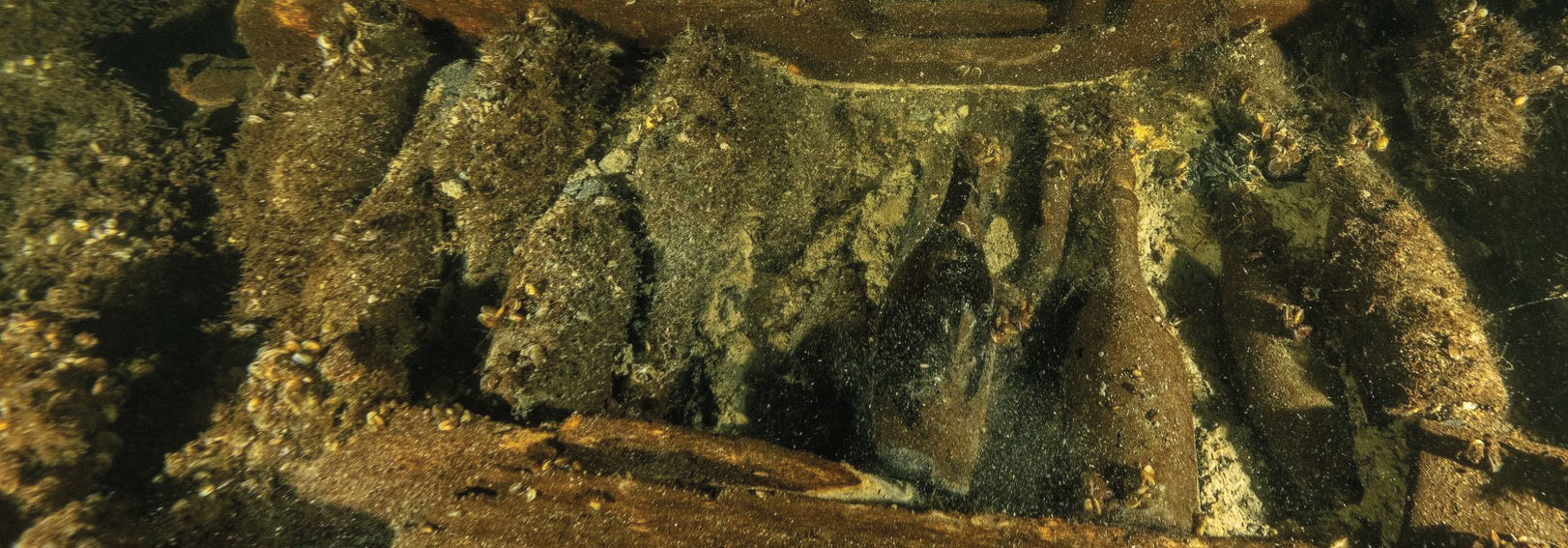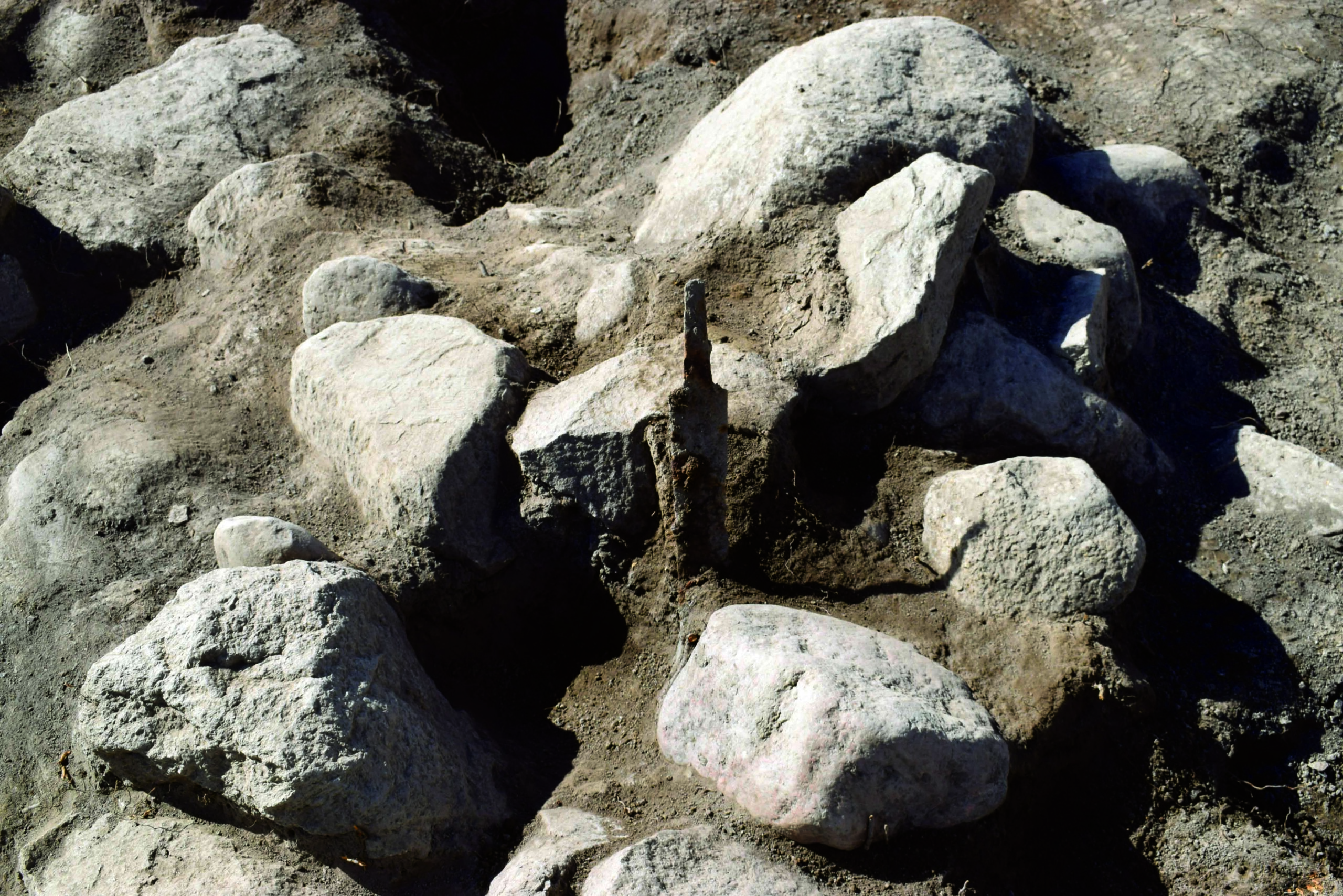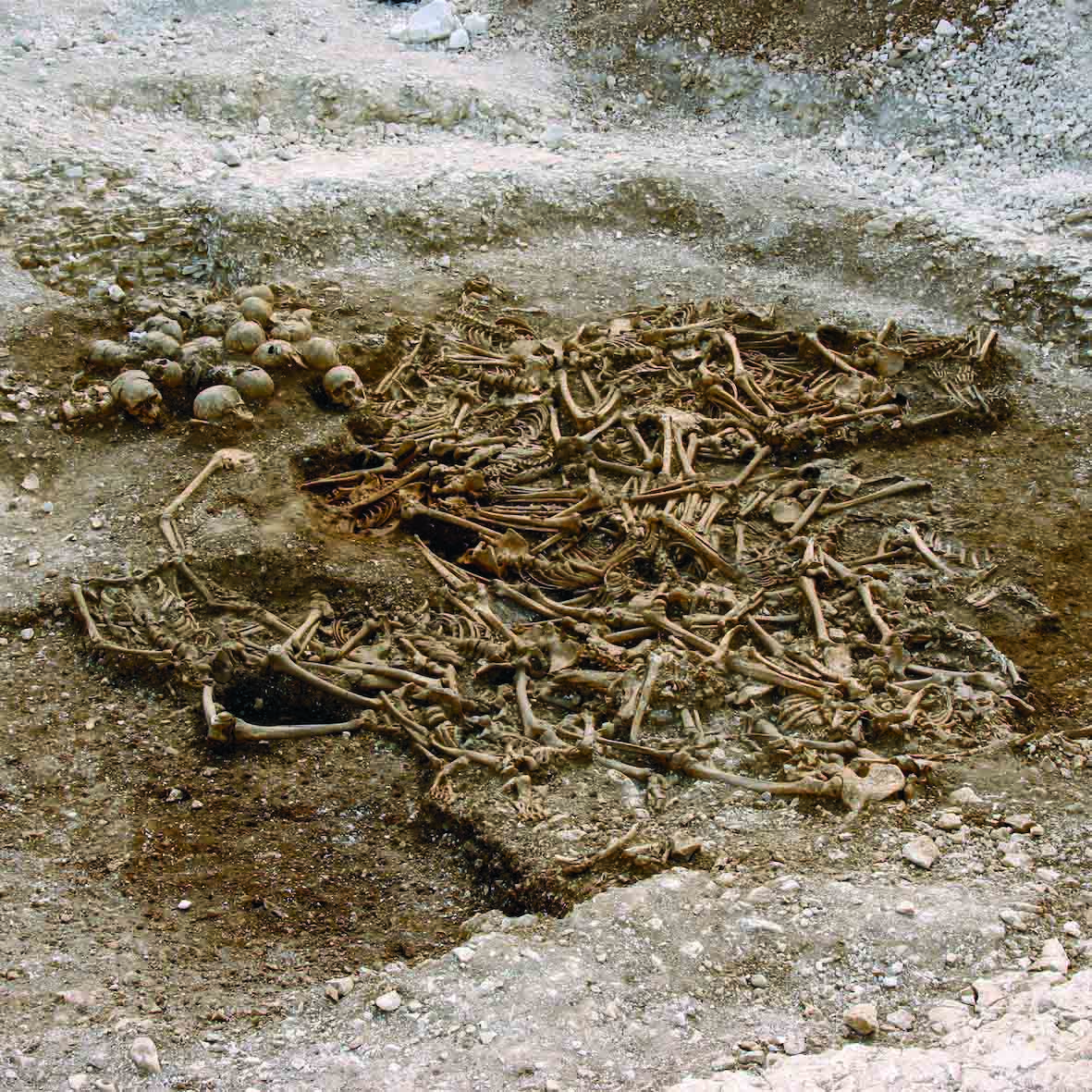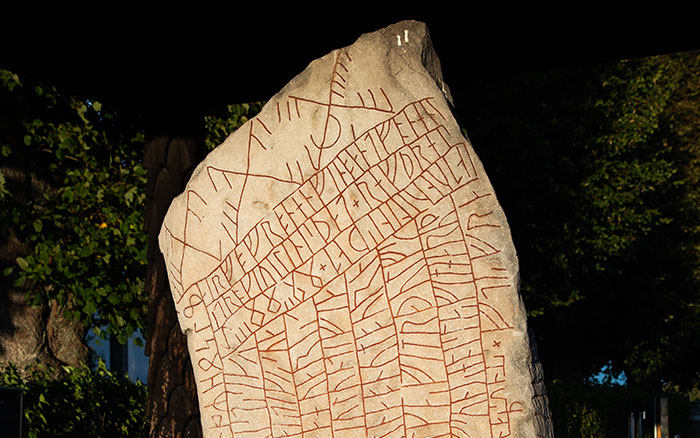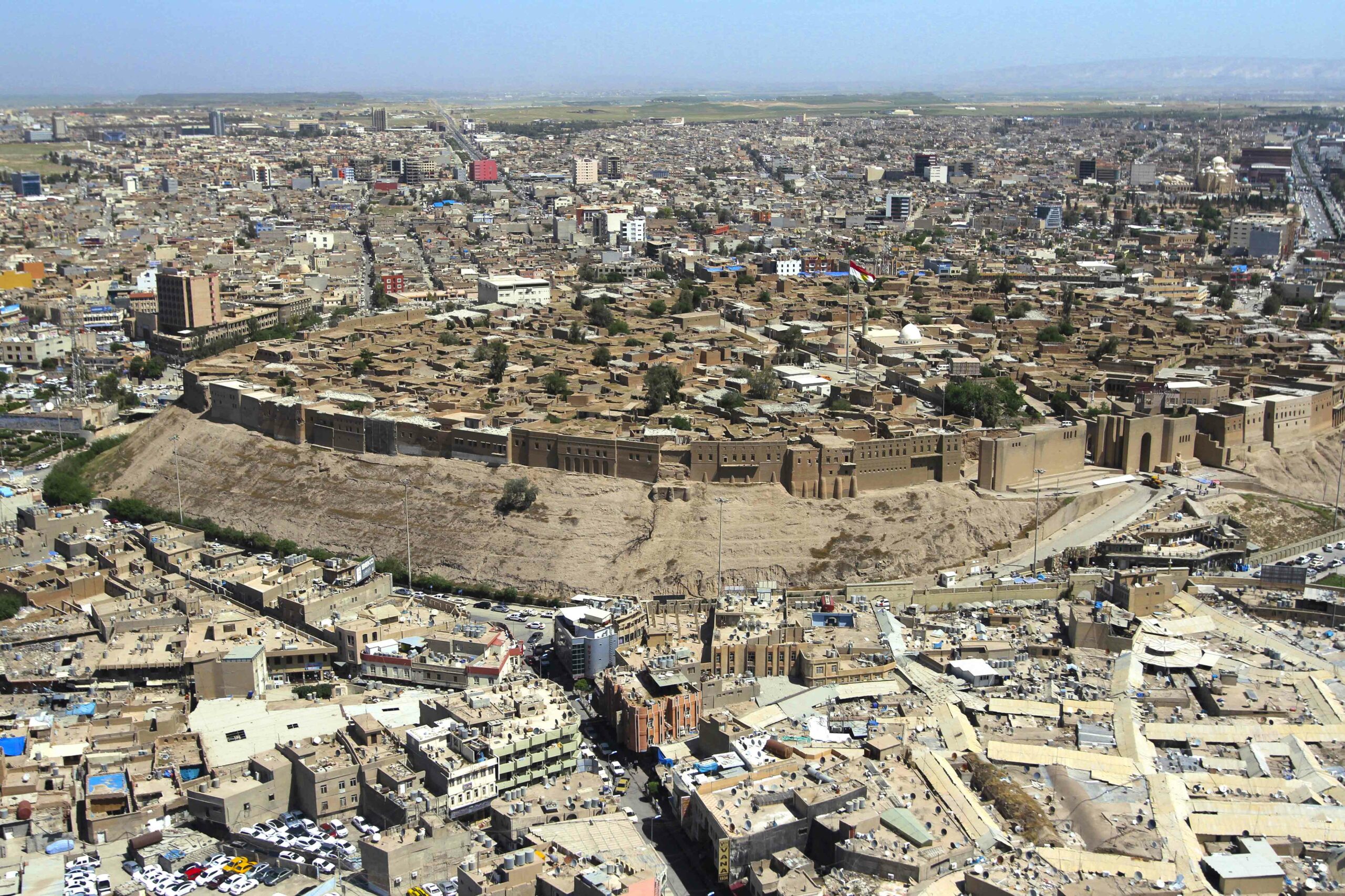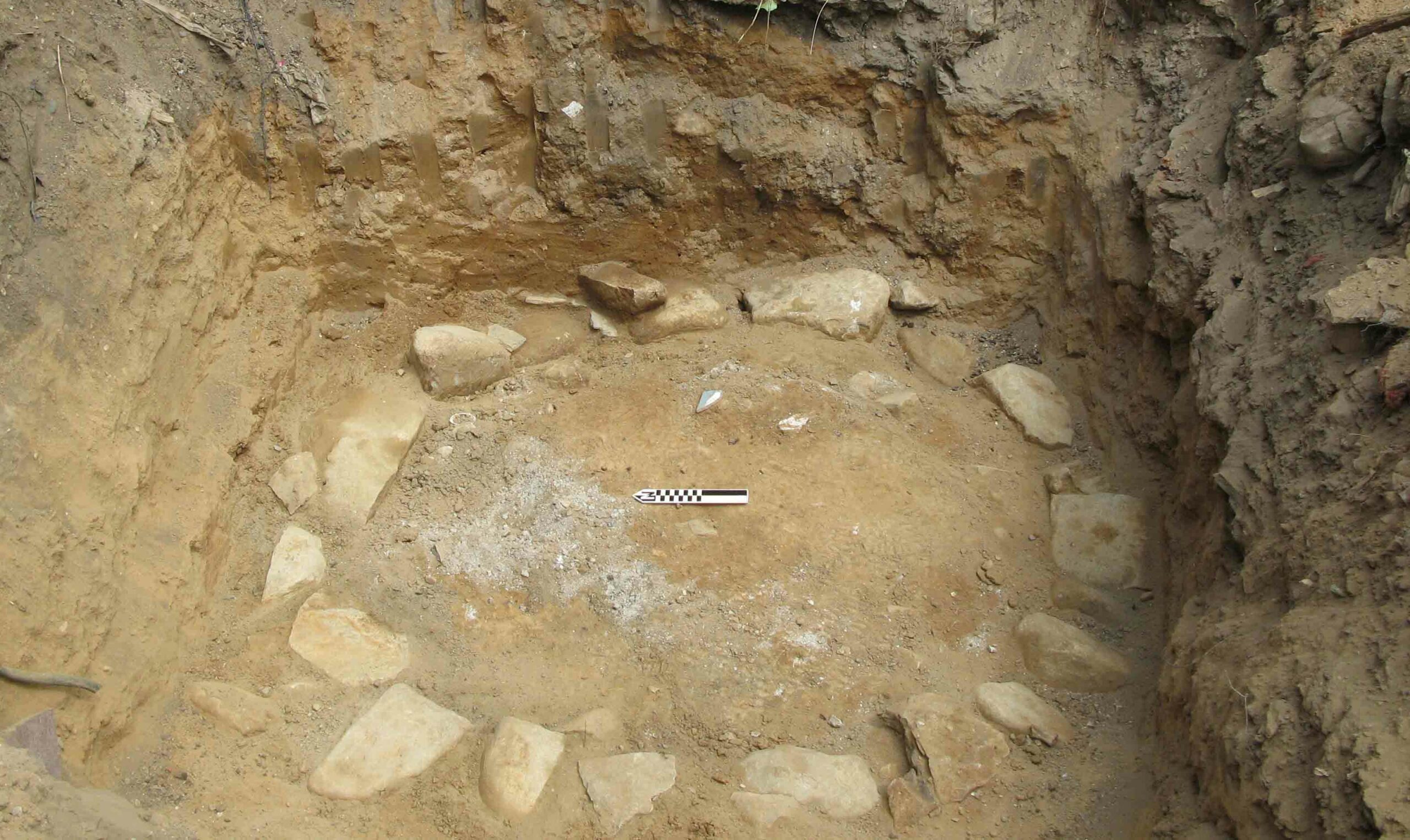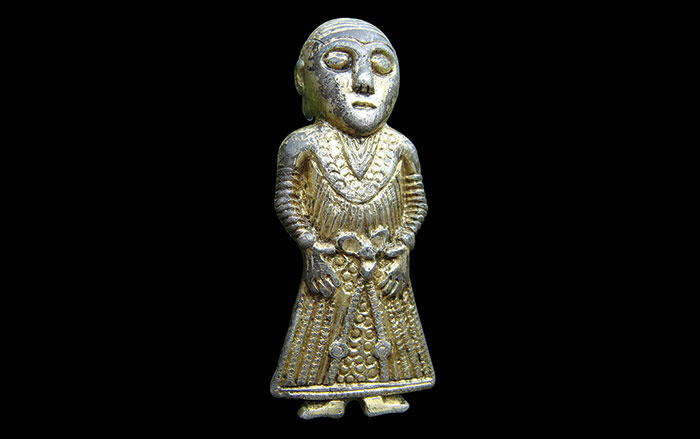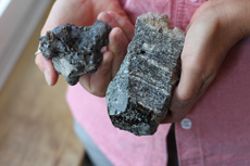
GOTHENBURG, SWEDEN—Anna Ihr of the University of Gothenburg has researched how vitrified artifacts from archaeological sites can be interpreted. She analyzed pieces of primary glass remains found in a cracked crucible at Old Lödöse, a medieval trade center located along Sweden’s Gota Älve River. “The dating of my finds shows that glass was produced in Old Lödöse prior to 1260. That’s 300 years earlier than the previously oldest known written sources, which are from 1556. This means that Sweden’s history of glass production now has to be revised,” Ihr told Innovations Report. Ihr also studied the glassy slag that was unintentionally produced in ceramic kilns at the ancient city of Qalhat in Oman. Her analysis showed that the kilns were fueled with dried fish, which fused with ashes and minerals in sand. “The use of dried fish was a conscious choice, though,” she said.


